

To get the best experience for our site, we recommend you upgrade to the latest version of Internet Explorer, or select another web browser, a list of the most popular web browsers can be found below
You can download the main browser here:
 Position :
Home>
News & Tutorial
>Products
Position :
Home>
News & Tutorial
>Products
Date: 2023-11-03 16:31:00
 Position :
Home
>Products
Position :
Home
>Products
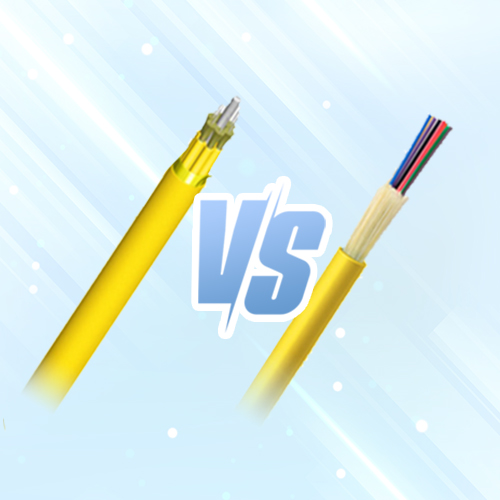
Cables with multiple fibers are widely used for high-density ...
Learn More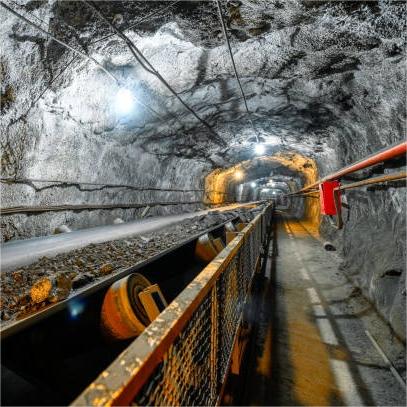
Mining fiber optic cable is suitable for coal, gold, iron, a...
Learn More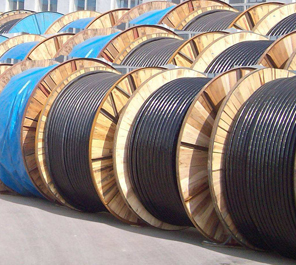
Do you have questions about the fibre optic outdoor cabling? We have Q/A to help you.
Learn More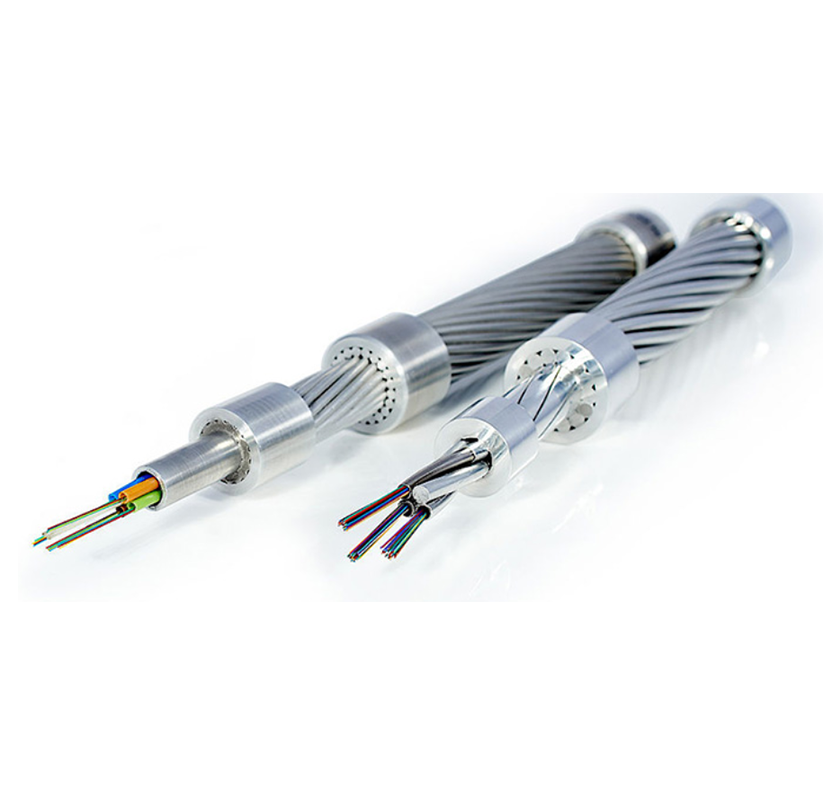
New technologies have emerged to support easy and efficient g...
Learn More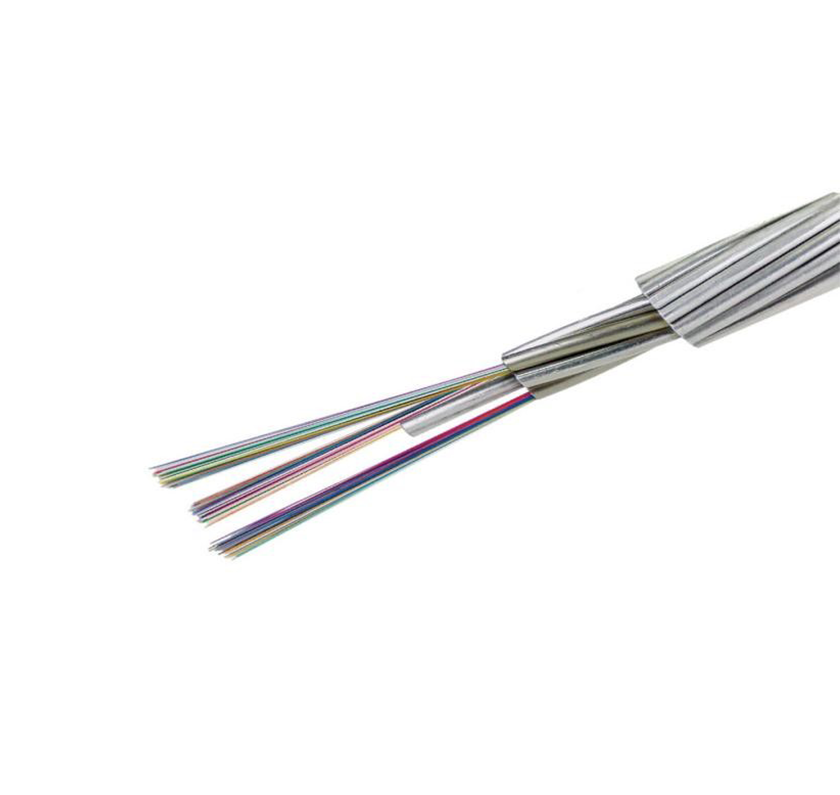
OPPC cable is an alternative aerial self-supporting solution w...
Learn More
Direct buried fiber optic cable is designed for direct buried...
Learn More ics@suntelecom.cn
ics@suntelecom.cn  +86 18964888554
+86 18964888554
 Building No.145, Lane 666 Xianing Road, Jinshan Industrial Zone, Shanghai 201506, China
Building No.145, Lane 666 Xianing Road, Jinshan Industrial Zone, Shanghai 201506, China
Copyright ©1989-2025 ALL Rights Reserved
ICP (Shanghai) Number: 13005159